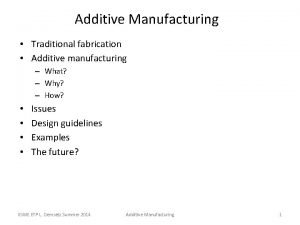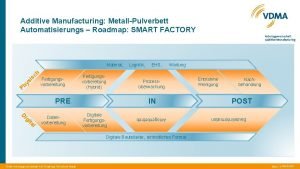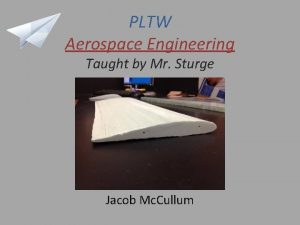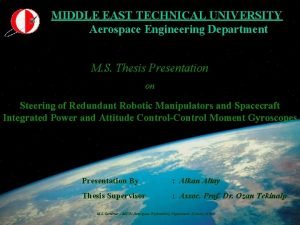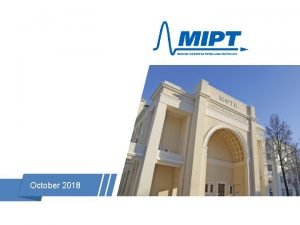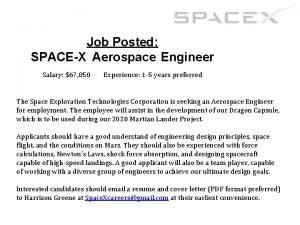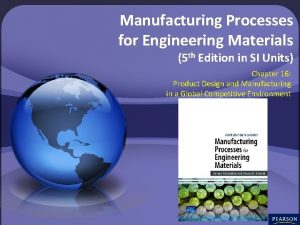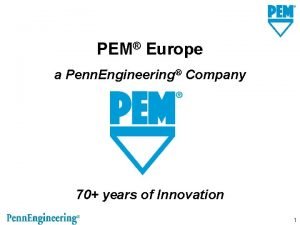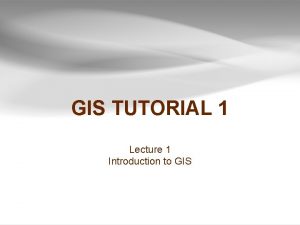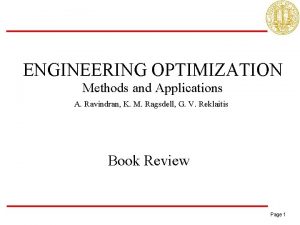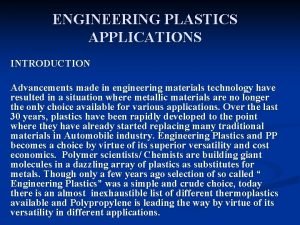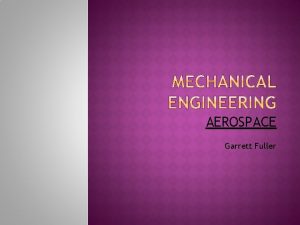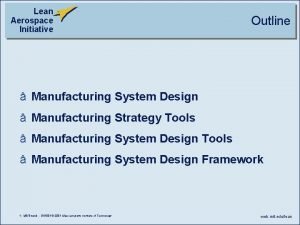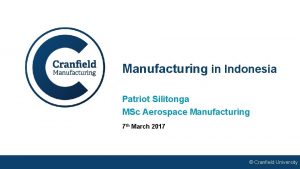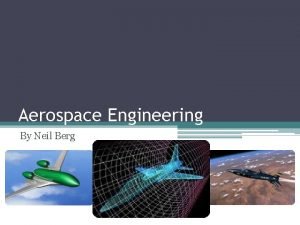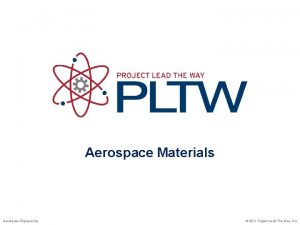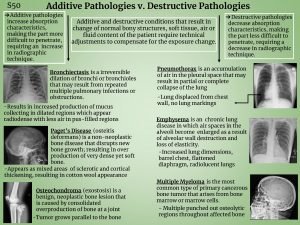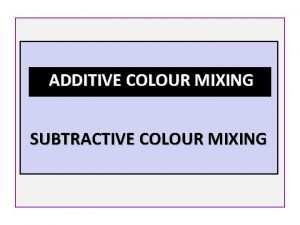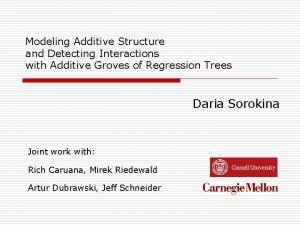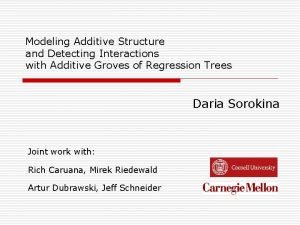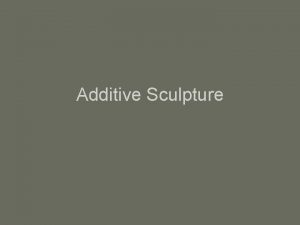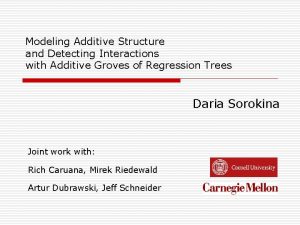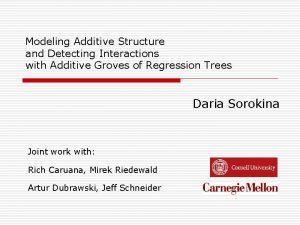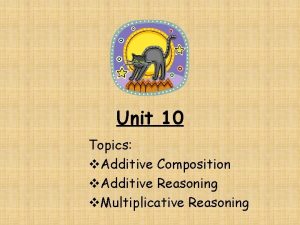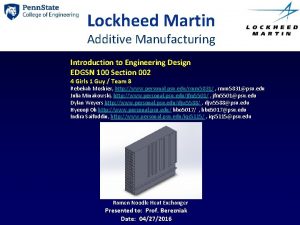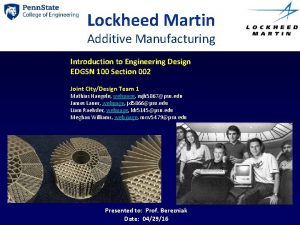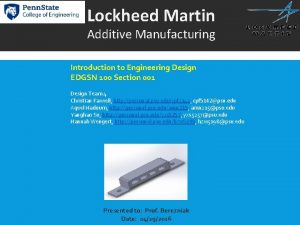Applications of Additive Manufacturing in Aerospace engineering Definitions
























- Slides: 24

Applications of Additive Manufacturing in Aerospace engineering

Definitions • Structure: Broadly defined, an arrangement and organization of interrelated elements in a material object or system • In Engineering, structural mechanics is the study of the mechanical behavior of solids and structures. Intuitively, a structures purpose is to resist forces. • Aerospace structures differ from other structures due to their high demands for performance and lightweight

Examples of structures

Airplane - Force Diagram

Structural Materials - Survey First planes – wood (spruce) truss and fabric Only engine mounts made of metal Fabric used for wing surfaces only, no structural significance Use of wood up until WW 2 – DH. 98 (Mosquito - “wooden wonder”)

Survey - Continued End of WW 2 – shift to metals (aluminum) and moncoque structure Isotropic properties and durability of metals make manufacturing and assembly easier Monocoque – no external load carrying frame Both tensile and compressive stresses are carried by skin. Specialized structural parts, each bearing a specific part of the load Ribs Spars Stringers BulkheadsFormers Skin

Monocoque Structure spar rib

Types of Loads Acting on Aircraft Stringers- tensioncompression Skin – shear Former – torsionbending Rib – bending Spar (a. k. a torque box)– torsion

Survey - new materials Composite materials Made from combination of high tensile strength fiber embedded in a matrix (glue) Properties of laminate can be engineered using lamina lay up pattern. Functionally graded materials Materials with continuously varying properties (magnetic, mechanical, thermal) Have many applications in spacecraft and launch vehicle design Still underdeveloped for widespread commercial use. Gradient nature of material suitable for additive manufacturing

Design Process

Design Process A Single iteration consists of choosing candidate materials and geometry of the part and solving a “sizing” problem: Input: acting forces and boundary conditions Objective functions to minimize: Weight Constraints Acting stresses must not exceed rated failure stresses of material (both static and dynamic stresses) Acceptable deformation (within elastic region) Acceptable manufacturing and assembly costs

Optimizing Weight = Optimizing Cost In 1987, Bob Crandell, CEO of American Airlines saved $40, 000 (conservative estimate) by removing one olive from every salad served in-flight Recently, Ryanair cuts amount of ice taken on flight, changes magazine from A 5 to A 4 paper. Reducing Weight also important from environmental concerns – less fuel burned

3 D printing production parts Not only for prototyping – actual, useable parts for final assembly IAF uses ultem 9085 with stratasys fortus Ultem 9085 is an FAA approved material Burning ultem 9085 Burning ABS


Design Process Additive Manufacturing (from plastics or metals) allows complex geometries which lower part counts and consequently the cost and final weight of part Very hard to achieve with CNC Manufacturing by mold is impractical due to low volume

Tooling Ultem’s reltaive durability allows it to be used for creating tooling Large waist of metal is spared What’s a joggle?

Composite materials allow maximizing design effectiveness using directional mechanical properties (anisotropic) – minimize wasted material providing uneeded strength to structure. Resin (matrix) layer Fiber layer

Composites vs. Metals – Specific Strength

Composite Materials - Continued Big disadvantage – quality is strongly dependent on skill of fabricator. New technologies allow for printing composites – mechanizing the process allows more consistent quality and lowers cost of skilled labor required

3 D printing composites example slicer

Space applications

Space applications In space –keeping low weight is even more crucial To minimize excess payload, print equipmenttools in space rather than carrying it at launching Using unique properties of 3 d printing tools with moving parts can be created in a single 3 d print – no assembly required Meta-materials Printing a wrench

Ambitious Additive Manufacturing Projects in Space Launched 2012, NASA funded Spider. Fab, developed by Tethers Unlimited, aims to manufacture spacecraft parts in space Company aims for in-space demo in early 2020’s Manufacturing and Assembly is done by spider-like robots in orbit

Summary Minimizing Weight = Minimizing Cost Pressures in aerospace to cut cost of design by tailoring material properties and geometry to achieve goal with minimal cost. Currently in the aerospace industry, 3 D printing is used to supplement traditional production methods, or as prototyping aid, but this is changing as technology matures exciting and unique applications in space missions
 Additive manufacturing vs subtractive manufacturing
Additive manufacturing vs subtractive manufacturing Additive manufacturing
Additive manufacturing Additive manufacturing
Additive manufacturing Subtractive modeling
Subtractive modeling Georgia aerospace manufacturing
Georgia aerospace manufacturing Manufacturing cost vs non manufacturing cost
Manufacturing cost vs non manufacturing cost Job order costing vs process costing
Job order costing vs process costing Controllable costs
Controllable costs Manufacturing cost vs non manufacturing cost
Manufacturing cost vs non manufacturing cost Pltw aerospace engineering
Pltw aerospace engineering Metu aerospace engineering
Metu aerospace engineering Aerospace engineering solutions
Aerospace engineering solutions Phystech international
Phystech international Spacex aerospace engineer starting salary
Spacex aerospace engineer starting salary Computer integrated manufacturing applications
Computer integrated manufacturing applications Manufacturing processes for engineering materials
Manufacturing processes for engineering materials Penn engineering & manufacturing corp.
Penn engineering & manufacturing corp. Gis applications in civil engineering
Gis applications in civil engineering Genetic engineering applications
Genetic engineering applications Civil engineering applications of ground penetrating radar
Civil engineering applications of ground penetrating radar Testing conventional applications in software engineering
Testing conventional applications in software engineering Balaraman ravindran
Balaraman ravindran Engineering plastics applications
Engineering plastics applications Clemson canvs
Clemson canvs Principles and applications of electrical engineering
Principles and applications of electrical engineering

